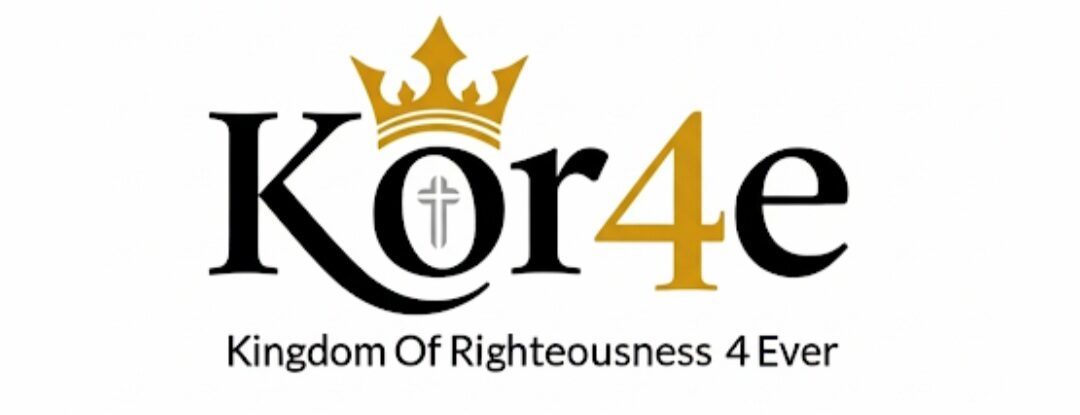If your credit score isn’t looking too good but you need to get a personal loan for something important. I’ve been there before, and I know it can seem impossible to get approved when your credit is less than stellar. But don’t worry, there are still options if you know where to look.
The first thing you need to do is check your credit report and score so you know exactly what you’re working with. You can get free copies of your credit reports from AnnualCreditReport.com and many banks and credit cards provide free access to your credit score. This will show you where you stand in the eyes of lenders.
Understand How Credit Score Impacts Interest Rates
The lower your credit score, the higher the interest rate you’ll likely pay on any loan. Lenders view borrowers with bad credit as higher risk, so they charge more in interest to offset that risk. Depending on factors like your income, existing debt, and the lender, you could end up paying anywhere from 10% to 36% APR if your credit score is under 620.
That may seem absurdly high, but that’s the reality when your credit isn’t prime. Going in with reasonable expectations will help you weigh if a personal loan is worthwhile or if other financing options like borrowing from friends/family, using a credit card, or saving up might be better for your situation.
Research Lenders Willing to Work with Bad Credit
While major banks and credit unions likely won’t approve you for a personal loan with bad credit, there are specialty lenders that deal specifically in bad credit lending. The loan approval process will still be rigorous, but they’re more inclined to look at factors beyond your credit score.
Some lenders to research include LendingPoint, Avant, LendUp, OneMain Financial, and BadCreditLoans.com. Review loan terms, rates, fees, customer service reputation, and origination processes to find your best fit. Avoid predatory high-interest lenders masquerading as your only option—there are legitimate subprime lenders if you look.
Have All Your Financial Details in Order
Before applying for loans, compile documents like:
- Tax returns for past 2 years
- Proof of income sources
- Account statements showing consistent income deposits
- Identification
- Existing debts and monthly payments
- Collateral assets that could secure loan
This gives underwriters tangible insight into your ability to handle full repayment. Provide as thorough a picture as possible to support your application. Leave out anything questionable or unverifiable that could raise flags.
Use a Cosigner If Possible
Adding a cosigner with good credit essentially piggybacks on their creditworthiness. It shows the lender there’s someone reliable as backup for handling payments if you can’t make them. That immediately lowers risk in their eyes and can mean approval plus a lower interest rate.
The cosigner must know they’re equally responsible for repaying the full loan though. Make sure it’s someone very trustworthy of your situation that would step in if payments fall behind without destroying your relationship. If they have outstanding debts themselves or might balk at suddenly having another loan in their name, don’t risk asking.
Start with a Small Loan First
It can be nearly impossible to get a huge personal loan when you have bad credit. Lenders want to see you handle smaller sums responsibly before granting bigger loans. Rather than aiming for a drastic $15,000 right away, try applying for a modest $2,000 to $5,000 loan instead if possible.
Successful repayment history for starter personal loans goes a long way in rebuilding credit and qualifying for larger financing later. Once that first loan is paid off, you can reapply at a higher amount after some time if needed. Slow loan growth paired with credit repair efforts can unlock better overall terms.
Know Exactly How You’ll Use the Funds
Lenders need assurance that the loan is for constructive personal financing rather than covering endless basic living costs. Do you need funds for medical bills? Vehicle repairs? Education expenses? Family travel? Be prepared to fully detail the reasoning, with supporting quotes, invoices, etc.
Vague “personal expenses” often don’t suffice for those with bad credit. The more effectively you pitch dire need that this specific loan can resolve, the better. Have a solid repayment plan lined up for how income streams will cover the monthly payment too. Identify where budgets can flex as needed to prevent default.
Make Payments on Time Going Forward
Once loan funds are distributed, diligently making full and on-time payments each month is mandatory. Setpayment reminders and automate transfers from checking accounts if it helps. Even one small misstep can sink future options if lending institutions see delays or missed payments.
You’ll likely have a narrow margin for error compared to more creditworthy borrowers. So budget conservatively for those monthly dues to avoid slipping into past habits that damaged your credit initially. Send payments a few days early if possible, just to be safe.
Explore Alternate Funding When Possible
While personal loans can provide access to lump sums fast, the high interest payments eat into budgets. And defaulting from late payments triggers spiral effects on credit. Weigh all options before committing:
Can you borrow from family at less cost? Is there equity in your home for a line of credit? Would balance transfer credit cards offer 0% short-term financing? Do you have assets to sell? Can payments be split across multiple cards instead?
If alt funding can satisfy needs at less long term expense, exhaust those avenues first. If obligations already feel strained, piling personal loan debts on top rarely improves finances. But if options are very limited and you stay disciplined, it might be your necessary backup.
Combine with Credit Repair Efforts
Getting that emergency personal loan can provide temporary relief when your credit profile holds you back from approval elsewhere. But you’ll want to start rehabilitating your credit as soon as possible still, so future financing isn’t as restrictive or expensive.
As on-time loan payments get reported to the credit bureaus, it slowly helps rebuild your profile. But you can supplement by addressing errors on credit reports, paying down card balances, having references like rent or utility bills included, limiting new applications, etc. Improving 100 points or more within 12 months is doable with focus.
Then in time you can qualify for loans (or other credit/financing) at much better rates and rebuild financial flexibility. See bad credit financing as temporary aid while you repair foundational elements still limiting your options.
Ready to Apply?
At this point you should understand the realities of obtaining personal loans with bad credit but have a game plan for applying anyway in smart ways. Rushing into applications unprepared won’t do any favors if you get rejected. But going in armed with the right expectations and financial details can help your chances immensely.
And even if this emergency loan is unavoidable for you right now due to credit history, treat it as added motivation to get back on positive financial footing over time. There are resources out there to better manage debt, improve credit scores more quickly, and open up affordable lending options that build assets rather than grind you down.
Your situation may require the quick fix of high interest loans today. But plot the path to eventually break free from depending on those subprime options as you strengthen your overall financial health. It can take diligence to change money habits or credit status, but you absolutely have the power to rewrite your story over time.
Onward and upward, my friend! Now let’s get your application ready…

